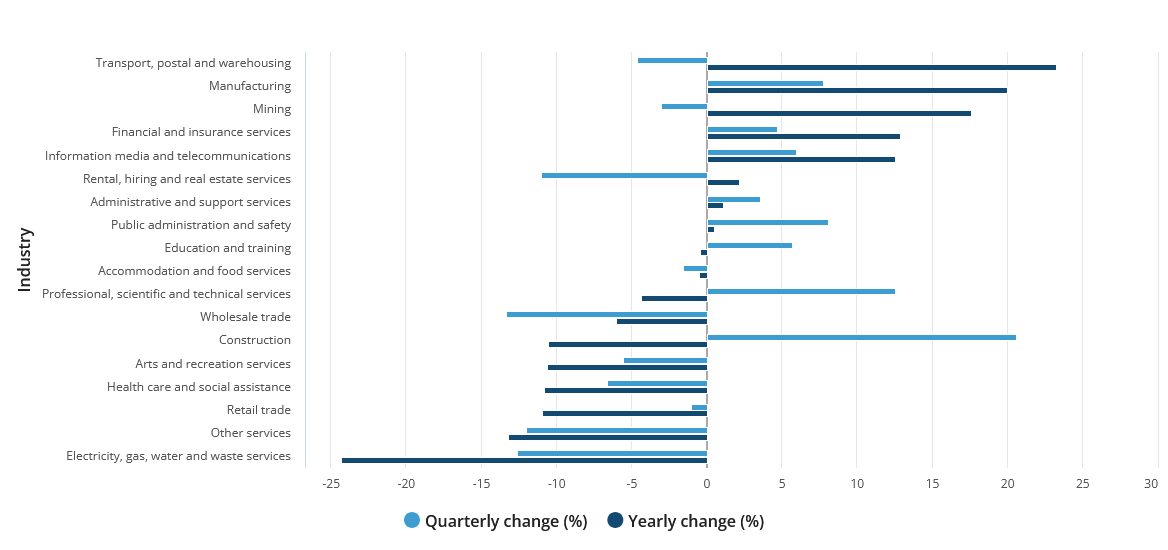Job vacancies across Australia increased in the three months to May 2025, rising by 2.9% to a seasonally adjusted total of 339,400, according to the latest figures from the Australian Bureau of Statistics (ABS).
The result marks a recovery from a decline of 4.5% recorded in the February quarter amid continued demand for skilled workers.
Private sector job openings climbed 3.2% to 301,900, while vacancies in the public sector edged higher by 0.6% to 37,500.
“This rise in job vacancies in the three months to May followed a fall in the three months to February 2025,” said Sean Crick, ABS head of labour statistics.
“The increase was driven by industries with a high proportion of skilled workers, including Professional, scientific and technical services, and Construction.”
While vacancies rose over the quarter, they remained 28.5% lower than the peak recorded in May 2022.
Year-on-year, job vacancies fell by 2.8% or 9,600, the smallest annual decline seen in the past two years.
“The number of unemployed people for each job vacancy grew from 1.7 to 1.8 over the year,” Crick noted. “This is still well below the pre-pandemic ratio of 3.1 in February 2020, indicating strong ongoing demand for labour.”
Vacancy growth was seen in eight of the 18 reported industries during the quarter. The strongest gains were in Construction, up 20.6%, and Professional, scientific and technical services which rose 12.6%.
The largest quarterly declines were in Wholesale trade, down 13.3%, and Electricity, gas, water and waste services, which fell 12.6%.

Compared to May 2024, vacancies declined in 10 industries. The biggest annual falls were in Electricity, gas, water and waste services, down 24.3% and Other services, falling 13.2%.
On the other hand, the strongest year-on-year increases were seen in Transport, postal and warehousing which gained 23.3%, and Manufacturing, up 20.0%.
Regionally, most states and territories recorded increases. The Australian Capital Territory led with a rise of 11.6%, followed by South Australia at 9.0%.
The largest declines were in the Northern Territory, down 12.2% and Western Australia, falling 6.3%.



